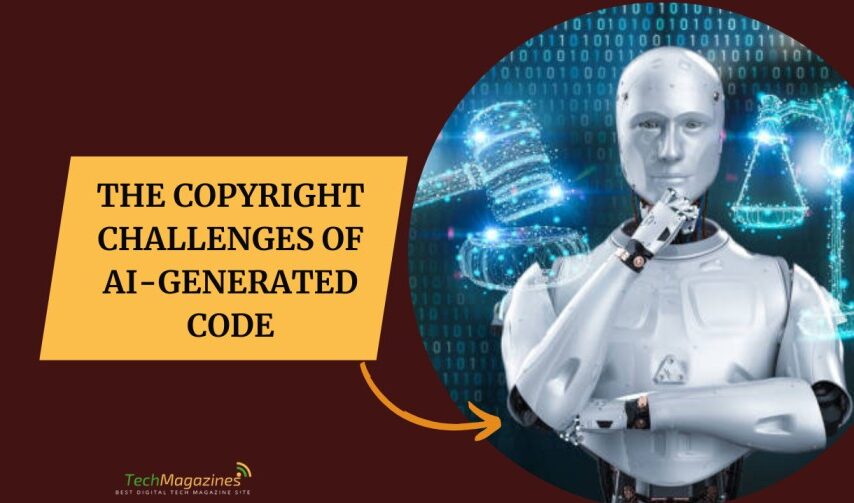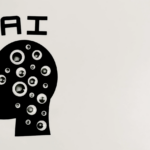AI is changing how software is created, making coding faster and more efficient. But it also brings up big questions about ownership and copyright. If a human writes code, they own it. But what if an AI tool writes it? Who owns that code? Can someone get in trouble for using AI-generated code that looks too much like something already copyrighted? These are real concerns for developers and companies using AI tools. Since the law hasn’t fully caught up with AI, there’s a lot of uncertainty. Let’s explore the key challenges and why AI-generated code is a legal gray area.
Who Owns AI-Generated Code?
Copyright laws say that whoever creates something owns it. But AI isn’t a person…it’s a tool trained to generate code based on patterns it has learned. If you ask an AI tool to write code, are you the creator, or does the company that built the AI own it? Right now, the law says only humans can own copyright, which means AI-generated code doesn’t automatically belong to anyone. This can be tricky for businesses and developers who rely on AI to help them code. If no one owns the code, can anyone use it? That’s a big question without a clear answer.
Can AI Code Violate Copyright?
AI tools learn by studying tons of publicly available code, including open-source software. Sometimes, they might generate code that’s too similar to something that’s already copyrighted. If a developer unknowingly uses this code, they could get into legal trouble. Companies using AI-generated software need to be extra careful to make sure they aren’t accidentally copying someone else’s work. Some AI tools have built-in safeguards to avoid this, but mistakes still happen. That’s why developers need to review AI-generated code carefully before using it.
Security Risks in AI-Generated Code
Besides copyright concerns, there’s another thing to consider: AI-generated code. Since AI learns from existing code, it can pick up mistakes and weaknesses without realizing it. This means the code it creates might have security flaws that hackers can exploit. Developers need to test AI-generated code just like they would with human-written code to make sure it’s safe. AI tools are great at writing code quickly, but they don’t always catch errors or think critically the way humans do. That’s why combining AI with human review is the best approach.
Problems with Open-Source Licenses
Another challenge is open-source licensing. Many AI tools are trained using open-source code, which comes with specific rules about how it can be used. Some open-source licenses require you to credit the original creator or share your changes. If AI generates code based on licensed software, developers might not realize they need to follow those rules. This can lead to legal problems if a company accidentally breaks licensing terms. To stay on the safe side, businesses should keep track of where AI-generated code comes from and make sure it follows the right licensing requirements.
What’s Next for AI and Copyright Laws?
Laws about AI-generated code are still developing, and governments around the world are trying to figure out how to handle this issue. Some experts believe there should be new rules that allow AI-generated work to be owned by the person using the AI. Others think AI-generated code should be treated as public domain, meaning anyone can use it. Until clear laws are in place, developers and businesses need to protect themselves by being careful with AI-generated code. Checking for security issues, avoiding direct copies of existing software, and following licensing rules will help reduce legal risks.







